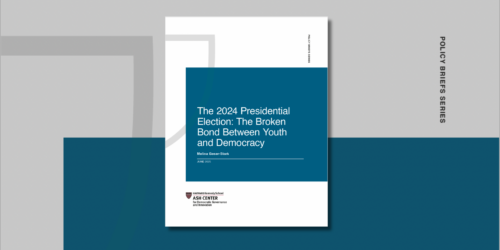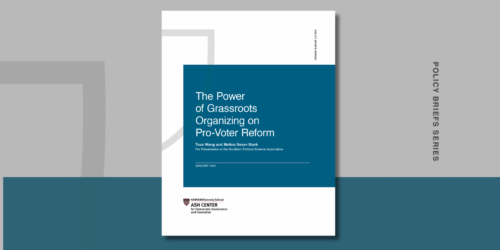
Commentary
Labor in the Courts: How Unions Have Stood Up for Workers’ Rights During the First 100 Days
In its first 100 days, the Trump administration has taken sweeping, aggressive action against federal employees, impacting hundreds of thousands of workers and sending ripple effects across the country. Still, unions have stood strong, with the AFL-CIO, AFT, AFSCME, SEIU, and others filing over a dozen lawsuits to protect workers’ rights.





